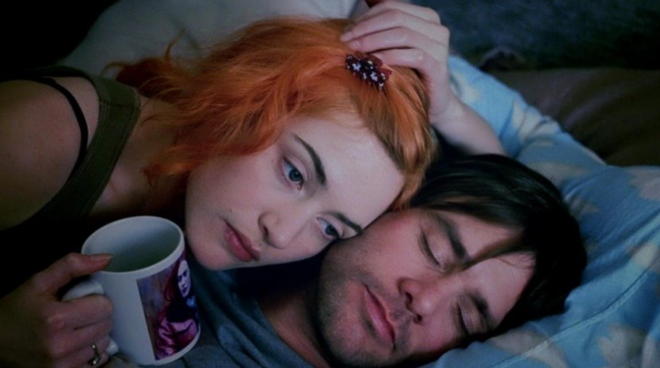
Evolution has helped us evolve to avoid negative experiences and seek out positive ones –– like honeycombs for a big dose of sugar or loud sounds that signal aggressive animals. But as we face a modern life we rapidly changing and industrialized food, can we save the planet by implanting a love for vegan food and a distaste for meat? Welcome to your future, in this new study:
Looking at mice, a new study at the University of Haifa has found a neural pathway in the brain that determines whether a particular taste will have positive emotional value, and therefore consumed in future encounters, or negative, and therefore avoided in future encounters.
The researchers also succeeded in using the neurons identified to erase or transplant memories that were never experienced in reality. The study was published in the Journal of Neuroscience.
“In the current study, we were able, for the first time, to cause mice to assign a negative value to an event that never took place, and accordingly, to remember a feeling that was not experienced in reality,” said PhD student Haneen Kayyal, who led the study with postdoctoral fellow Dr. Adonis Yiannakas from the University of Haifa.
Risks of designer babies real, new computer sims reveal
The researchers identified a small population of neurons (hundreds out of several millions) that determine whether the mice like or dislike a particular taste, and even succeeded in silencing or activating them, thus implanting an emotional value that was not experienced in reality.
In the current study, conducted by Professor Kobi Rosenblum the researchers sought to find the neural pathway in the brain that following learning, and assign a negative value to tastes that are inherently positive (following evolutionary processes).
Implanting a desire for just salads or veganism, all day long?
Naturally, we are born with a natural preference for certain flavors, for example, sweet or salty, and are averse to bitter taste. However, throughout life, these innate preferences can be changed by a learning process in which a bitter taste becomes attractive (for example beer) and appetitive taste becomes negative if followed by malaise.
Similarly, mice can be taught to be averse to a sweet taste by associating it with malaise. Following the coupling of sensations, the mice will avoid sweet taste. When investigating the brain activity of mice during the association of a sweet taste with abdominal pain, the researchers found neuronal activation in the insular cortex in the brain, an area involved in complex brain functions, which projects to the basolateral amygdala, which is located in the medial prefrontal cortex and is involved in the formation of emotional memories.
After identifying increased activity in these neurons when mice were studying the association between taste and emotional value, the researchers examined the necessity of this neural pathway to generate negative values by silencing it, by preventing the transmission of neural information between the two brain regions during learning.
Following this manipulation, the mice did not remember the negative experience, and returned to consuming the sweet taste, despite experiencing the same association between taste and malaise. “The findings showed the importance and necessity of the neural pathway that we found, whose silencing prevented the mice from creating a memory for the experience they had been through,” the researchers said.
In the third phase, the researchers exposed another group of mice to the same sweet taste, and immediately activated the same specific nerve cell population that was activated following the consumption of this taste, without any sensory experience of malaise. Two days later, these mice also avoided consuming the sweet taste, although they did not experience any unpleasant sensations in reality.
“The experiments suggest that not only did we identify the neural pathway that underlies the generation of negative values for tastes but we also artificially created such memories by activating the neural pathway that we identified. The interesting thing is that these pathways are highly similar across mammals, including humans and mice. The findings will allow us to explore in the future how a variety of psychiatric illnesses can be treated, ranging from eating disorders that have too-powerful or too-weak “emotional engravings” in response to eating experiences and to dealing with emotional traumas such as PTSD, which do not allow the emotional value of an experience to be eradicated,” Prof. Rosenblum concluded.
